In the late 18th century, more than 150 scientists accompanied Napoleon to Egypt, laying the foundation for the birth of archaeology.
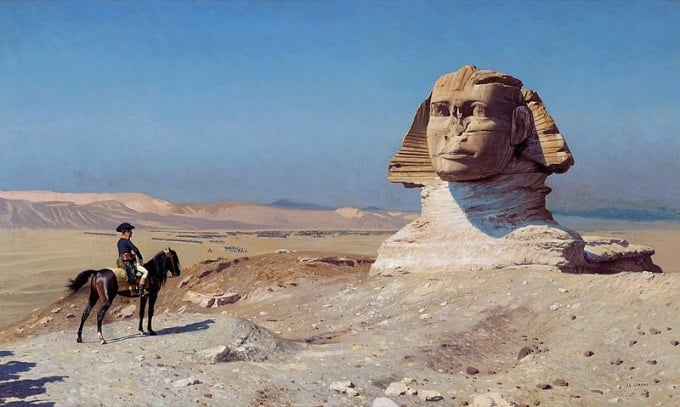
Illustration of Napoleon standing in front of the Sphinx. Photo: Jean-Léon Gérôme
During his invasion of Egypt in July 1798, Napoleon Bonaparte not only brought tens of thousands of soldiers but also recruited more than 150 scholars and scientists to accompany him. Napoleon wanted these scientists to focus on projects that could benefit France, such as purifying water from the Nile, brewing beer without hops, and baking better quality bread.
A year later, he secretly returned to France to stage a coup and seize power, leaving his group of wise men and 30,000 soldiers in Egypt. They remained until they were defeated and had to withdraw in 1801. While the soldiers fought, the scientists were busy conducting archaeological surveys.
Many wealthy people in the 18th century collected antiquities as a hobby without really understanding their use or meaning. Napoleon's scientists explored Egypt from a more scientific perspective.
At the time, many Europeans had heard of the pyramids and the sphinx, but the ancient temples and ruins of Upper Egypt were unknown. Dominique-Vivant Denon, an artist and writer, traveled with Napoleon's troops along the Nile. He described rounding a bend in the river and suddenly seeing the ancient temples of Karnak and Luxor rising from the ruins of Thebes. "The whole army, suddenly and unanimously, broke into a gasp of amazement and clapped their hands with delight," he wrote.
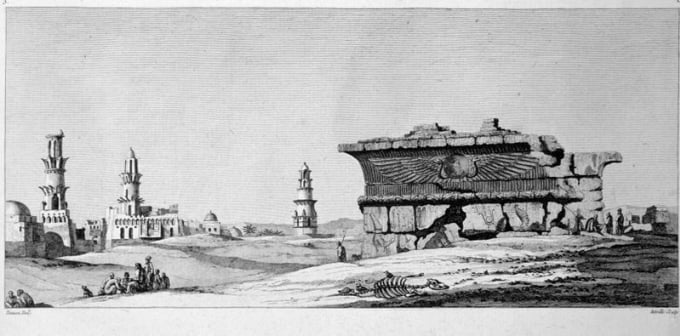
Drawing of the Edfu Temple by Dominique-Vivant Denon. Photo: Art Media/Print Collector
Denon returned to France with Napoleon and quickly published his book, Travels in Upper and Lower Egypt, with descriptions and drawings. He also recommended that more scientists be sent to the Nile to document the ruins in more detail. Napoleon agreed, and two new teams arrived in Egypt on an archaeological mission in September 1799.
The young team of architects and engineers drew and measured many ancient structures. All of these surveys were published in La Description de l'Egypte , a multi-volume book containing maps, hundreds of copperplate engravings, and numerous descriptions of what they had learned about Egypt. The book divided Egypt into ancient and modern periods, and presented a modern view of ancient Egypt as scientists know it today.
La Description de l'Egypte was extremely popular. The architecture, symbols and images of ancient Egypt even became fashionable highlights in European art and architecture.
Thanks to the explorations of Napoleon's group of scientists, European fascination with ancient Egypt grew, leading to the emergence of archaeological museums on the continent, starting with the Louvre opening its first Egyptian museum in 1827.
Ultimately, this passion led to the birth of Egyptology, a field that has had a major influence on modern archaeology. "Napoleon's scholars and engineers are best remembered as the men who helped make archaeology a science," writes Nina Burleigh in her book Mirage.
Thu Thao (According to Business Insider )
Source link



![[Photo] Hue: Inside the kitchen that donates thousands of meals a day to people in flooded areas](https://vphoto.vietnam.vn/thumb/1200x675/vietnam/resource/IMAGE/2025/10/29/1761738508516_bepcomhue-jpg.webp)

![[Photo] Flooding on the right side of the gate, entrance to Hue Citadel](https://vphoto.vietnam.vn/thumb/1200x675/vietnam/resource/IMAGE/2025/10/28/1761660788143_ndo_br_gen-h-z7165069467254-74c71c36d0cb396744b678cec80552f0-2-jpg.webp)
![[Photo] Prime Minister Pham Minh Chinh chaired a meeting to discuss solutions to overcome the consequences of floods in the central provinces.](https://vphoto.vietnam.vn/thumb/1200x675/vietnam/resource/IMAGE/2025/10/29/1761716305524_dsc-7735-jpg.webp)



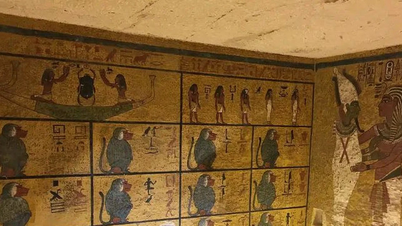

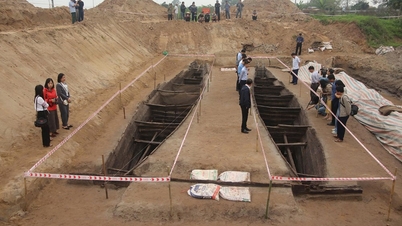













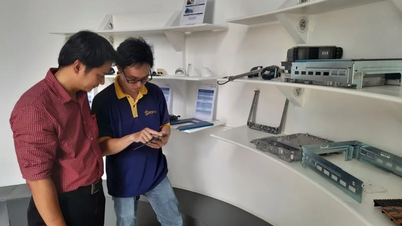












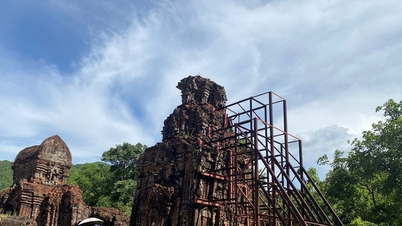

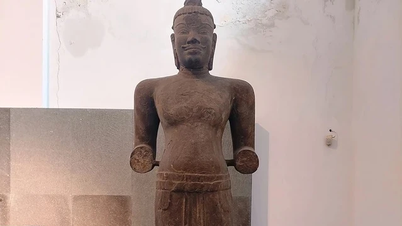

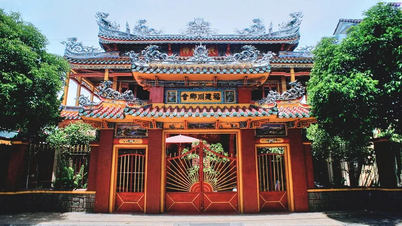

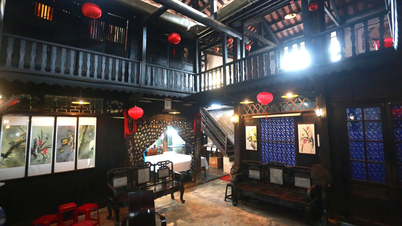

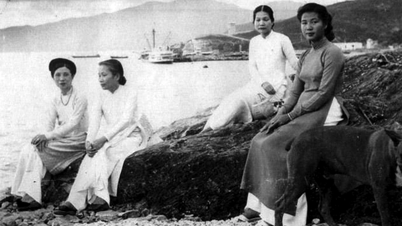
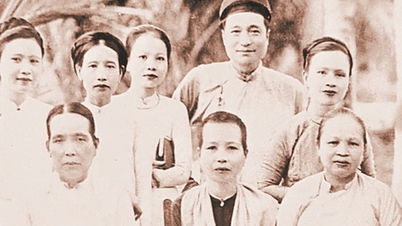













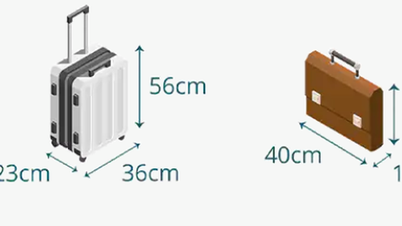









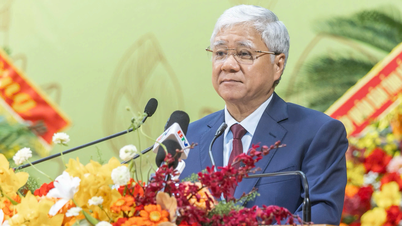
![[Infographic] Vietnam's socio-economic situation in 5 years 2021-2025: Impressive numbers](https://vphoto.vietnam.vn/thumb/402x226/vietnam/resource/IMAGE/2025/10/29/1761730747150_anh-man-hinh-2025-10-29-luc-16-38-55.png)




![[Live] Concert Ha Long 2025: "Heritage Spirit - Brightening the Future"](https://vphoto.vietnam.vn/thumb/402x226/vietnam/resource/IMAGE/2025/10/29/1761743605124_g-anh-sang-am-thanh-hoanh-trang-cua-chuong-trinh-mang-den-trai-nghiem-dang-nho-cho-du-khach-22450328-17617424836781829598445-93-0-733-1024-crop-1761742492749383512980.jpeg)


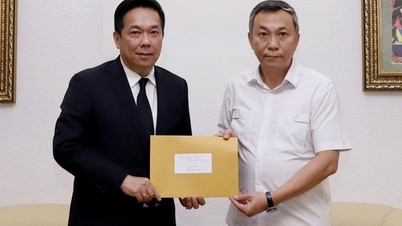


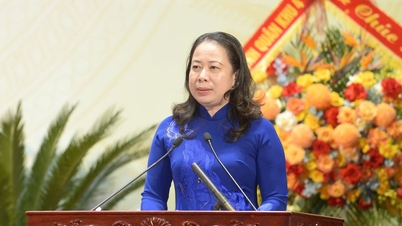





























Comment (0)